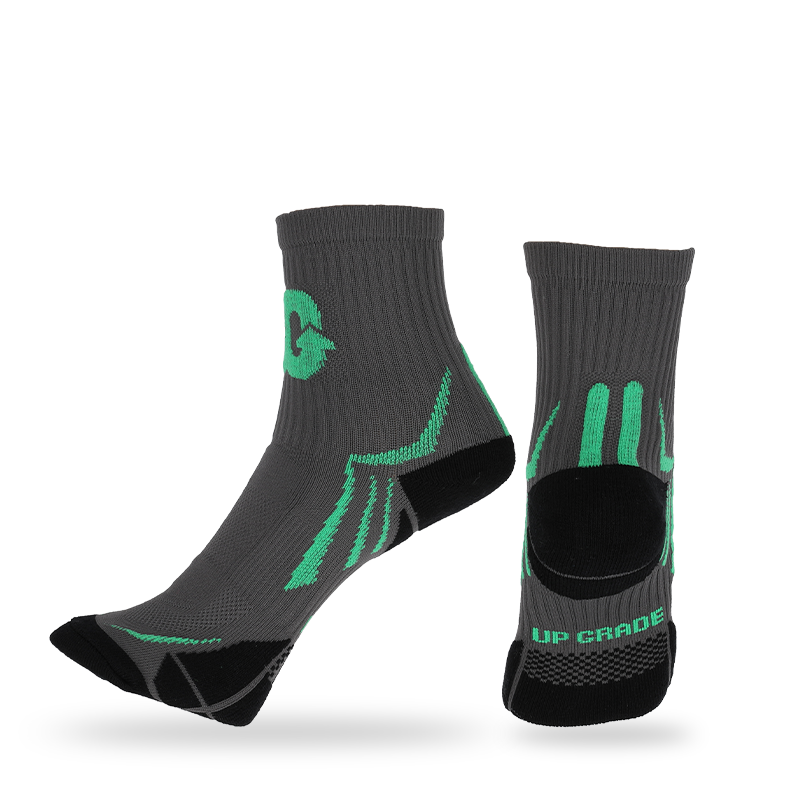Various types of terry pile socks are made from different materials, such as wool, polyester, acrylic and so on. Terry pile socks have different thicknesses that make them ideal for different activities and season. The thickness of terry stitches helps to absorb shock and keep the socks ventilated. In addition, the thickness of the terry stitches helps to increase the grip between the sole of the foot and the shoe. In addition, different terry-stitch lengths make it possible to control the thickness of the sock. This allows for customization, and it also reduces the amount of yarn used.
The knitting structure of present invention is made up of terry stitches and mesh stitches. The terries are distributed according to the ground-touching pressure of the foot and the weight distribution of the wearer. This ensures that the sole of the sock is able to absorb the shock and sweat from the wearer. The socks of present invention are also designed according to the mode of walking. For example, golf socks are made of long-terry stitches. The front sole of the sock is divided into heel portion 3 and toe portion 6. The heel portion is subject to heavy load when walking. In addition, the front sole of the sock is exposed to kicking shock when walking. The front sole of the sock also has a mesh M groove that captures sweat.
In addition to the long-terry stitches, the front sole of the sock also has short-terry stitches. In order to reduce the amount of yarn used, the knitting structure of the terry stitches in present invention is divided into two main areas. The front sole of the sock consists of long-terry stitches with reinforcement yarn. These long-terry stitches form an air layer and are arranged in a front-to-rear direction. The knitting structure of the short-terry stitches in present invention is divided into dotted protrusions. The dotted protrusions are formed with a thickness of 2.5 to 3.5. The knitting structure of the short-terry stitch is also made up of reinforcement yarn.
The knitting structure of the terry stitches in the present invention can also be divided into different knitting spaces. The knitting spaces may be designed according to the strength, bulk and abrasion resistance of the yarn. The yarns used may also be optimized for strength, bulk and moisture vapour absorption. In addition, the yarns may be twisted at intervals that are less than the staple length to reduce the amount of fibre shedding. In addition, different twist properties may also be used to change the exposed surface of the component fibres. In addition, different terry-stitch thicknesses can also be used to improve the cushion performance and ventilation.
In addition, the sock of present invention can also be adapted to different seasons and purposes. For example, in spring and autumn, the sock can be made of short-terry stitches with reinforcement yarn and in the summer, the sock can be made of long-terry stitches with reinforcement yarn.
| Item number | YS-S-17 |
| Number of needles | 144 |
| Material | 70D nylon + polyester lycra yarn |
| Color | Customizable colors |
| Size | EU39-46 |
| Seam method | machine linking seam |


 中文简体
中文简体 English
English 日本語
日本語 Deutsch
Deutsch





















